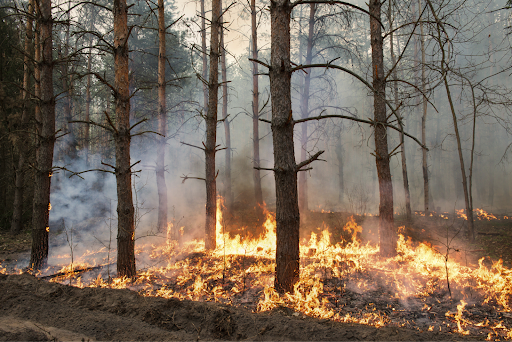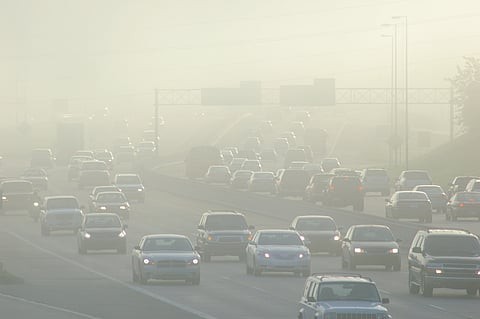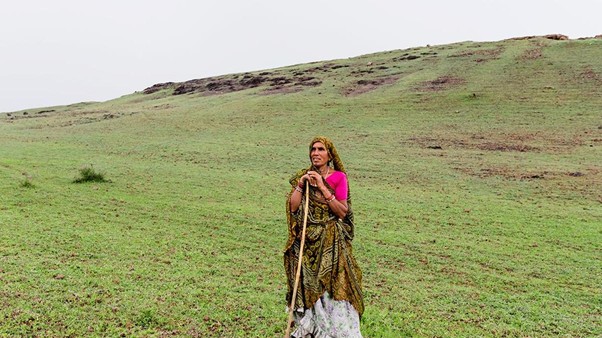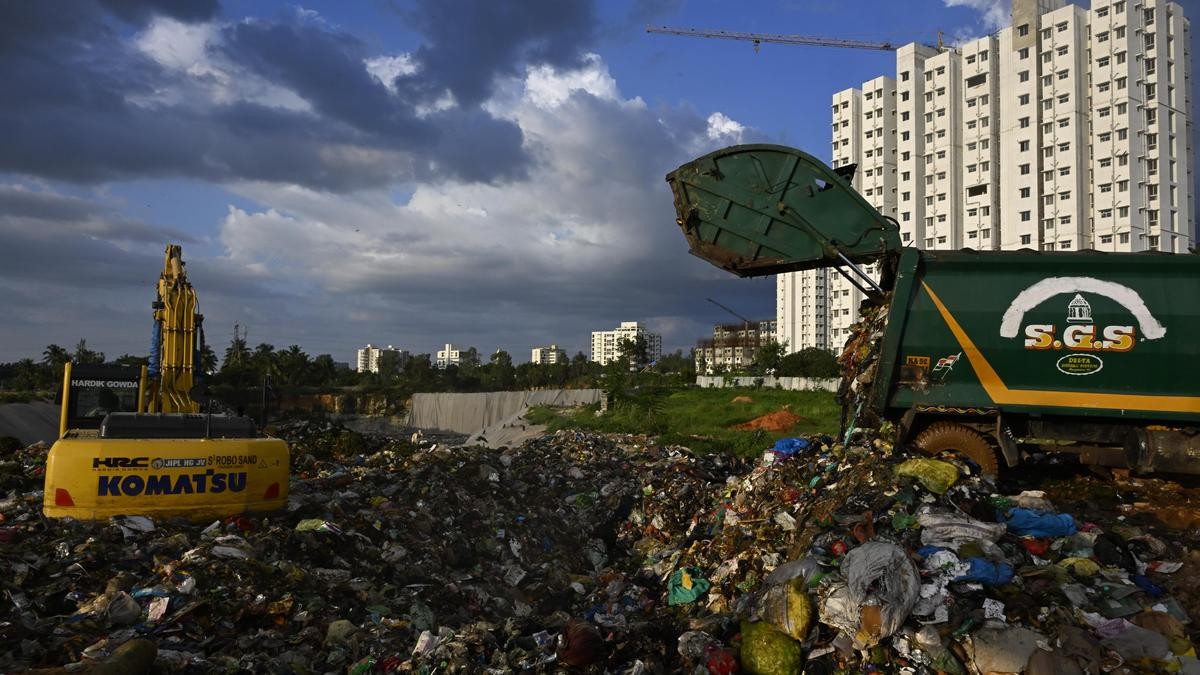Description
Copyright infringement not intended
Picture Courtesy: C2SM
Context:
Scientists discovered palaeofires (ancient wildfires) from the Permian Period (~250 million years ago) in the Godavari Basin.
What are Palaeofires?
- Palaeofires are ancient wildfires that happened in the Earth's history and had an impact on vegetation, temperature, and even coal creation.
- These fires, which occurred from the Late Silurian (419.2 to 443.8 million years ago) to the Quaternary (2.58 million years ago), left their mark on a variety of environments.
Features of Palaeofires
- Paleofires are wildfire occurrences that have been recorded in geological records and are important for understanding Earth's historical flora, climate history, and coal creation.
- The study covered geological time periods from the Late Silurian (443.8-419.2 million years ago) to the Quaternary (from 2.58 million years ago to the present), focussing on how wildfires have historically affected landscapes, plant patterns, and coal production.
- The study used advanced techniques such as Palynofacies analysis, Raman Spectroscopy, Rock-Eval Pyrolysis, and FTIR Spectroscopy to evaluate microscopic organic materials and fossil charcoal in old sedimentary rocks.
- The palynofacies investigation indicated three main categories of organic particles:
- Translucent Organic Matter (TrOM) contains pollen and plant debris.
- Palaeofire Charcoal (PAL-CH) is direct evidence of vegetation fires.
- Oxidised Charcoal (OX-CH) - can be reprocessed or transported after burning.
- High atmospheric oxygen levels during the Permian Period undoubtedly made the Earth more prone to fire, increasing the frequency and scale of wildfires.
|
Key discovery: The researchers effectively distinguished between in situ (on-site) and ex-situ (transported) charcoal, so resolving a long-standing geological disagreement about the origin of charcoal found in coal-rich strata.
|
Ancient Palaeofires in the Godavari Basin:
|
Region
|
Godavari Basin
|
|
Time Period
|
Permian Period
|
|
Focus of Study
|
Ancient palaeofires and their influence on prehistoric landscapes
|
|
Techniques Used
|
- Raman Spectroscopy
- FTIR (Fourier Transform Infrared) Spectroscopy
|
|
Key Analysis
|
Differentiated between:
- In situ (on-site) charcoal
- Ex situ (transported) charcoal
|
|
Findings on Sea Level Changes
|
- Regressive phases: well-preserved fire signatures
- Transgressive phases: more oxidized charcoal
|
|
Significance of Study
|
- Insights into carbon storage in Earth’s crust
- Understanding past climate dynamics and fire behavior
|
Role of Palaeofires in Earth’s Past:
- Over geological ages, palaeofires shaped Earth's climate, flora, and coal production.
- Plant life and coal reserves in Gondwana were affected by Permian palaeofires.
- Fossil charcoal from the Raniganj Coalfield revealed a link between seasonal droughts and wildfires.
- Wildfires altered vegetation and deposited carbon.
- High atmospheric oxygen levels likely fuelled these wildfires, impacting climate and ecosystems.
- Palaeofires assist in explaining long-term carbon sequestration.
|
Practice Question:
Q.The approximate age of the Aravalli range is: [UPSC 2001] Question:
Options:
(a) 370 million years
(b) 470 million years
(c) 570 million years
(d) 670 million years
Answer:
(c) 570 million years
|











